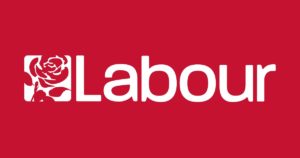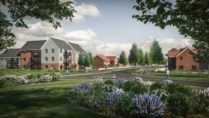Labour Party Housing and NPPF Policy
“I want labour to be the party of home ownership”. Whilst outlining their party’s housing policy, Labour leader Keir Starmer has definitively contrasted the party against the current conservative government. Not only would Labour reintroduce mandatory housing targets, it would also bring in new powers for local authorities which would give them greater remit to build on the greenbelt, Starmer has also stated that if the party came to government.
Labour leader Keir Starmer has definitively contrasted the party against the current conservative government. Not only would Labour reintroduce mandatory housing targets, it would also bring in new powers for local authorities which would give them greater remit to build on the greenbelt, Starmer has also stated that if the party came to government.
Re-introducing mandatory targets
The labour policy of re-introducing mandatory housing targets it multi-policy-facing; Starmer intends to not only tackle the housing crisis the UK but also help rebuild the economy through housing.
Despite the conservative government’s changes to the NPPF and mandatory housing targets, figures from the English Housing Survey show that the proportion of homeowners has fallen to around 65% for those aged between 45-54. Current projects predict that this could fall to 30% by the 2070s.
“The dream of home ownership,” he says in an observer interview by Toby Helm “has been killed by the prime minister because he has taken those targets away.”
Given the discussion that took place at the recent select committee inquiry into NPPF reform where the current housing minister tried to justify the removal of mandatory housing targets, Labour has now started to outline a set of policies which contrasts itself against the current government.
New Planning Policy
It is not just about retaining the mandatory targets, however. Amongst other housing policy reforms, the Labour Party also plans to expand the remit under which local authorities can build on the greenbelt beyond exceptional circumstances in an attempt to empower them to achieve their area’s housing needs.
Using the slogan “back the builders, not the blockers” Starmer has pledged to alter the rules so that they are more logical. Without inhibiting areas of outstanding natural beauty, Starmer pointed out the inconsistencies with greenbelt policy such as how it is easier to build on a field outside of the greenbelt than on brownfield land within the greenbelt.
Starmer also highlighted several other policies that would be included in housing such as prioritising new houses for first-time buyers and preventing buyers from overseas from purchasing them. He also signalled his interest in having housebuilding regions, instead of leaving planning policy solely in the power of individual councils.
Through these policies, analysis has suggested an additional 150,000 houses could be built on the green belt on land such as brownfield or car parks. Knight Frank projected that there is almost 2,500 hectares of the green belt is car park which would accommodate up to 147,180 according to their anaylsis. If all brownfield sites on green belt were taken into account, the amount of houses possible in the green belt would exceed this number.
More information about housing policy will be announced at the next Labour Party conference in October.

Strategic land and site promotion
“Chelgate gives a real insight into political thinking at all levels and all political persuasions, …

Energy and infrastructure
From new nuclear and unconventional gas to renewables, waste and airports, our team has worked …

